Photo Series Captures the First 100 Days of Joe Biden’s Washington
![]()
On January 20th, 2021, I stood on the press risers at the Presidential Inauguration in Washington, DC, photographing Joe Biden taking the oath of office. It had already been a busy and chaotic month. Two weeks prior, I’d stood on these same press risers making photos as tear gas clouded the air and violent insurrectionists broke through overwhelmed police lines to gain entrance to the Capitol. The dissonance between these two events was head-spinning.
When Senator Joe Biden won the election, I proposed a photo essay to Politico to document the first 100 days of the new administration and its effect on the city. I had previously done a similar story for them four years earlier that had run over 22 pages in Politico Magazine and online. They accepted the proposal and soon had put together an amazing team of designers, coders, and producers who would build the site for this story, integrating the photos, videos and audio I would capture over the next three-plus months.
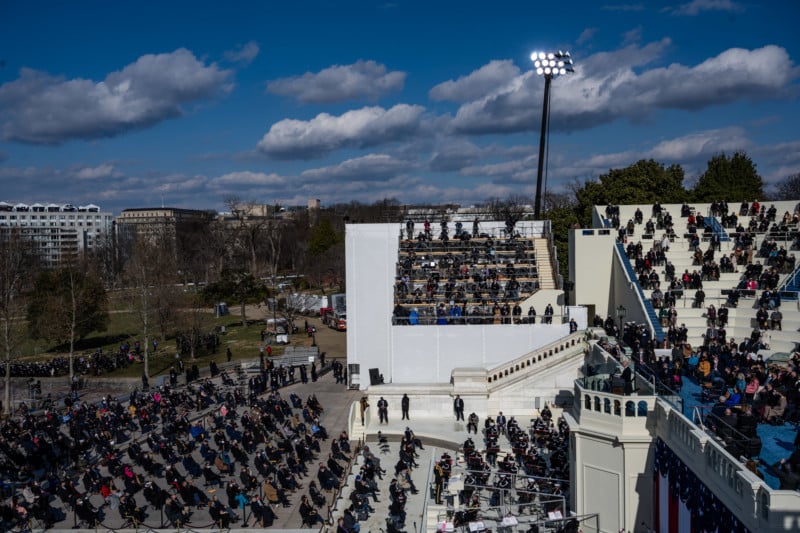
The structure of this project meant that each day was a new opportunity, a requirement really, to make a photo. I kept a running ideas document that I was constantly editing with the help of my photo editor at Politico. I closely watched a Twitter list I’d put together to find out about spontaneous protests, gatherings, and other opportunities. Every ten days, I’d put together an edit of what I’d photographed so far and send it over to my editor. This allowed us to work together to identify gaps in the story and be more intentional about telling a wide range of stories.
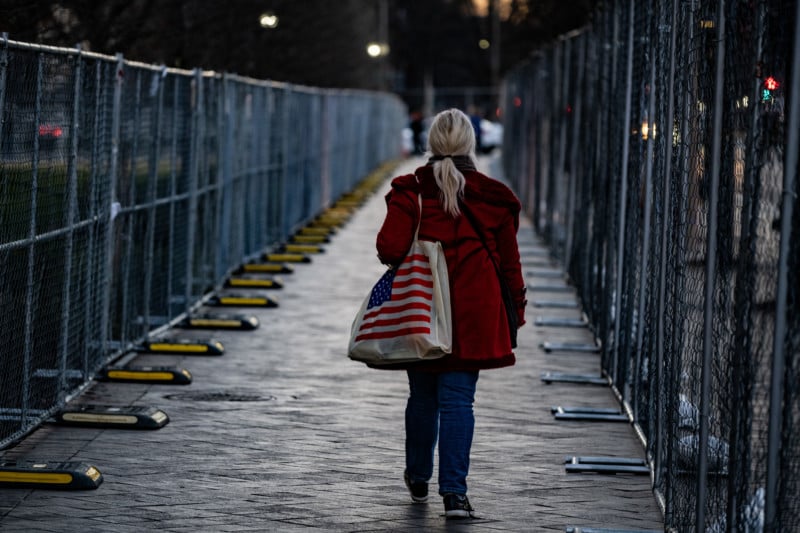
![]()
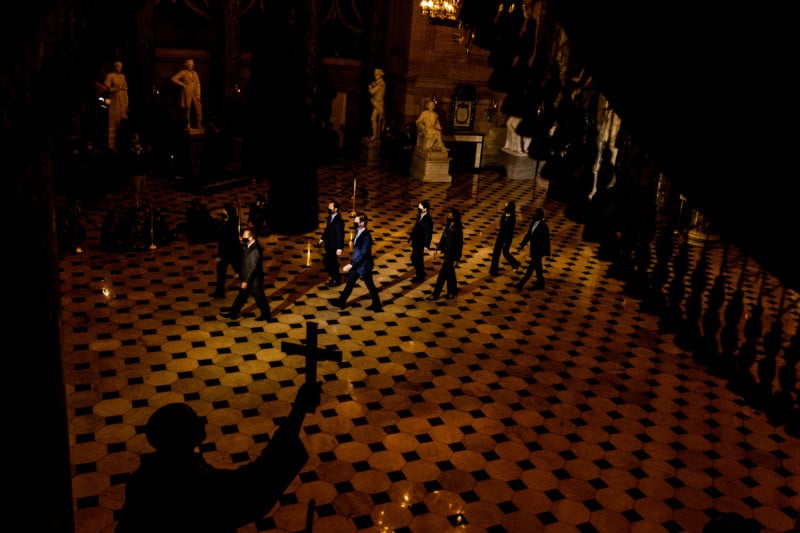
On day seven, I walked around the Capitol complex, which was completely fenced off from the public. A storm had come in overnight, covering the grass in wet, bone-chilling snow. The National Guard stationed around the Capitol worked twelve-hour shifts, standing guard through long, cold nights. They had been hastily called up, leaving behind school, jobs, and families, with little indication as to how long they’d be there for.
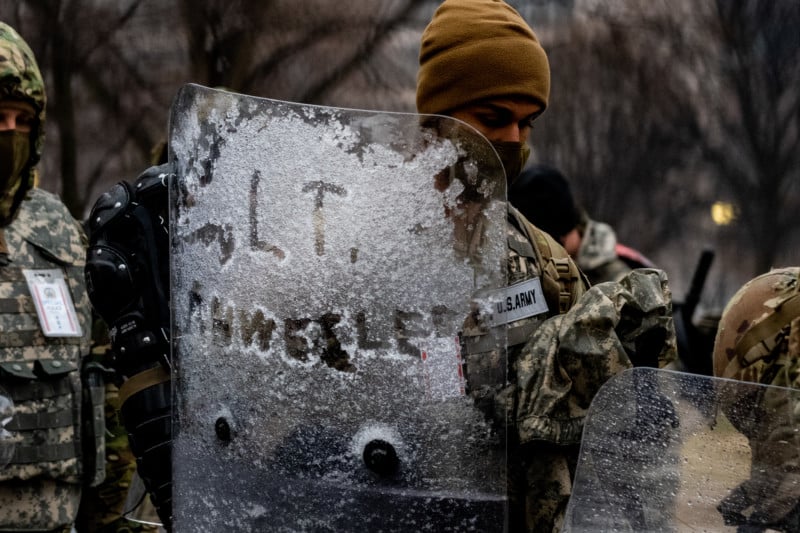
On day 12, following a tip, I photographed an underground parking garage at a prominent private school in the city that had been converted into a large, outdoor classroom. By that time, my own kids had been attending school virtually for nearly a year and it was striking to see how private schools had managed to resume in-person, which was still months away from happening for public schools.
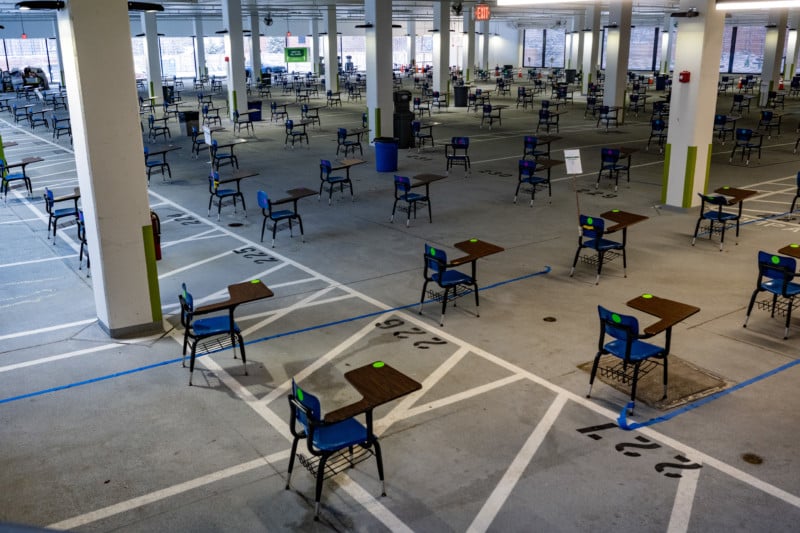
Day 18 was a month to the day after the insurrection. Unseasonably warm weather brought throngs of people to the National Mall. Children played on picnic blankets, just feet away from the looming metal and concrete barriers that protected the Capitol. People stopped to take selfies by the fence, framing the photos to get the armed National Guardsmen over their shoulder in the shots, standing in silence.
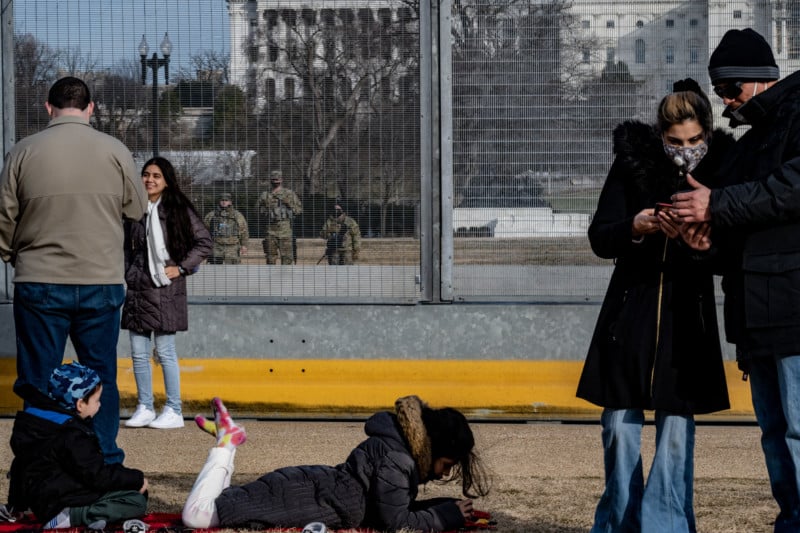
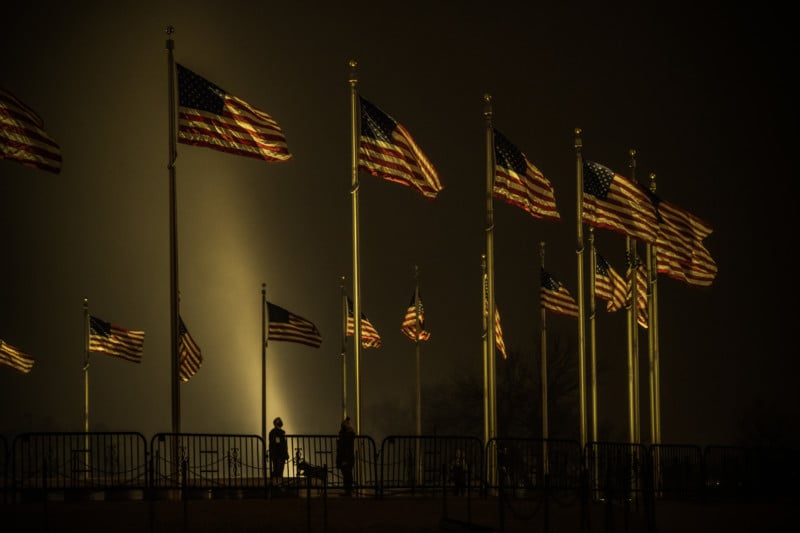
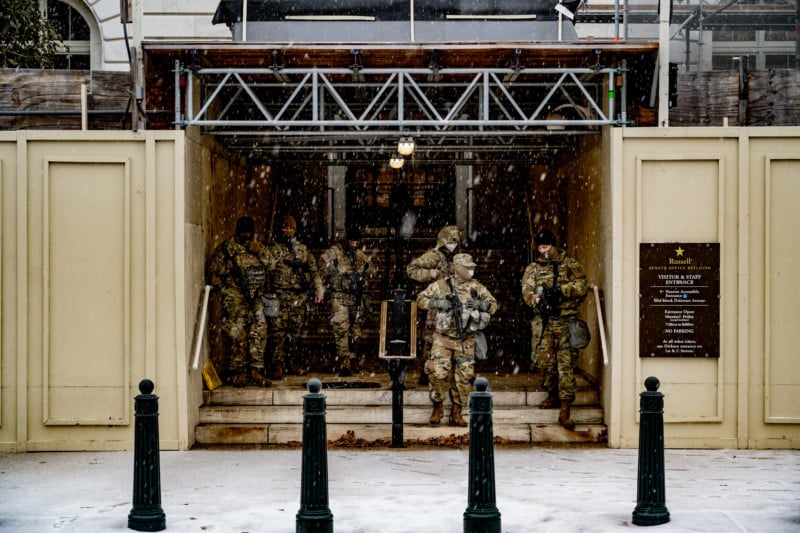
I remember day 31 feeling like one of the coldest days of the winter. President Biden had made his first official Presidential trip to a Pfizer plant in Kalamazoo, Michigan and I wanted to photograph him returning to the White House. I was familiar with the typical path that Marine One took and positioned myself on the National Mall, near the Washington Monument. The winter light was fading quickly as I stand in wet grass, waiting. At last, I heard a distance thump-thump of the helicopters, then watched Marine One fly past the Washington Monument to land on the south lawn of the White House.
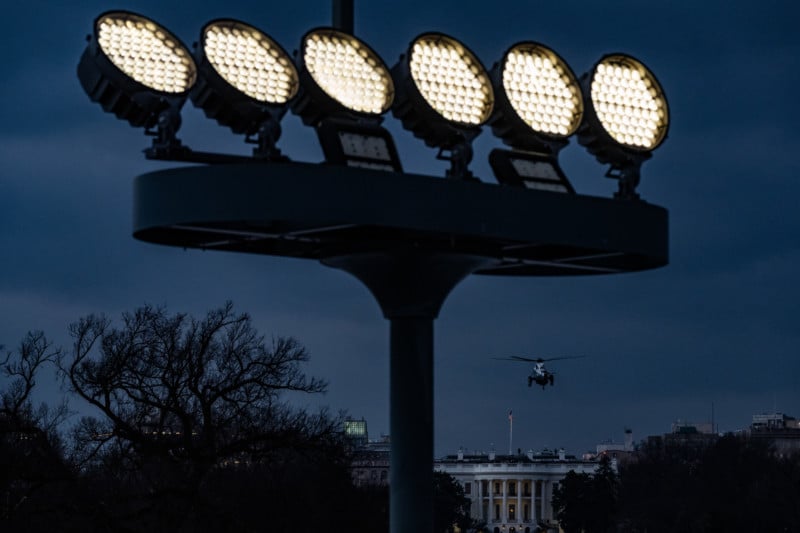
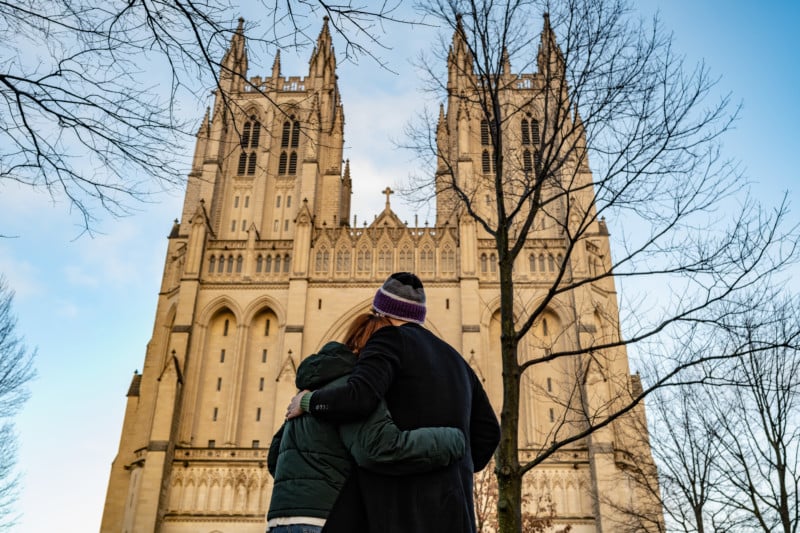
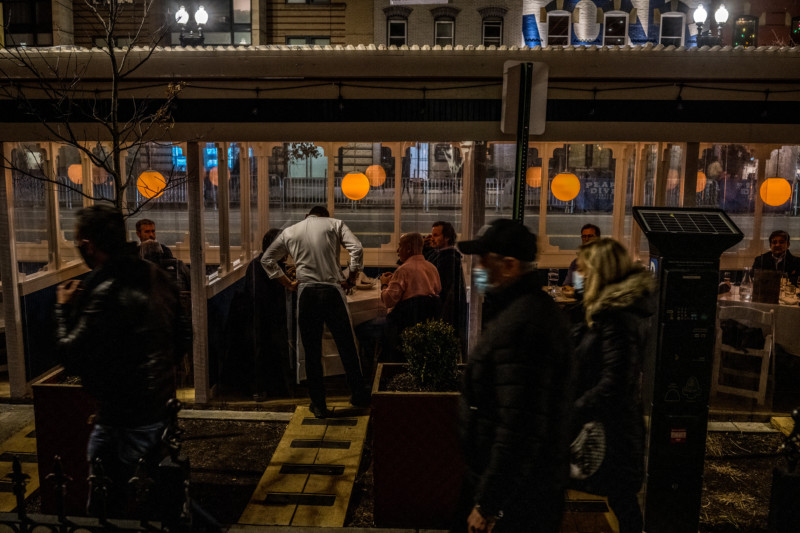
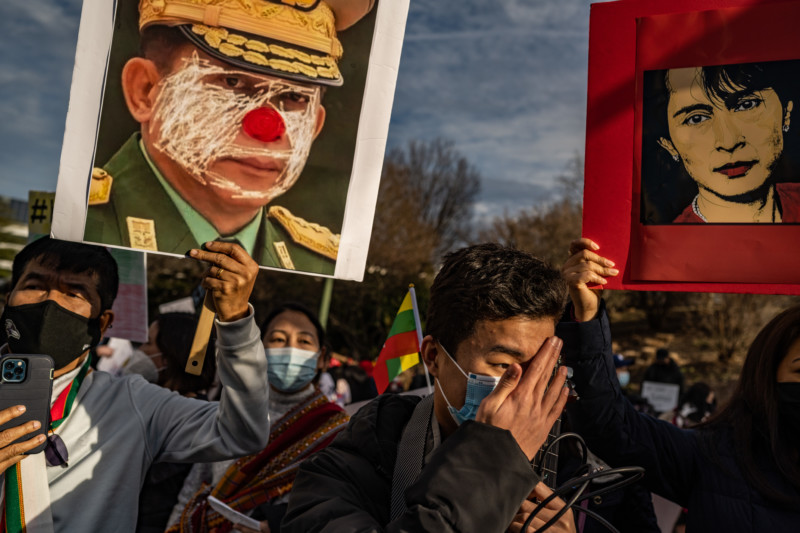
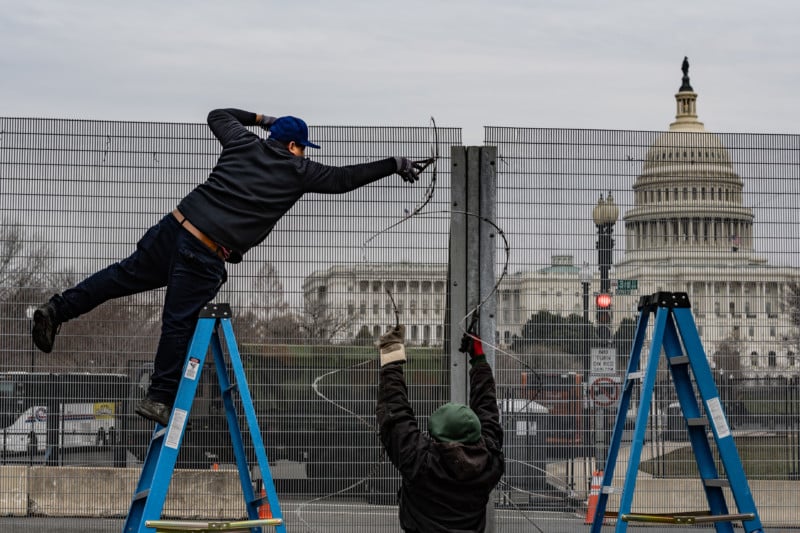
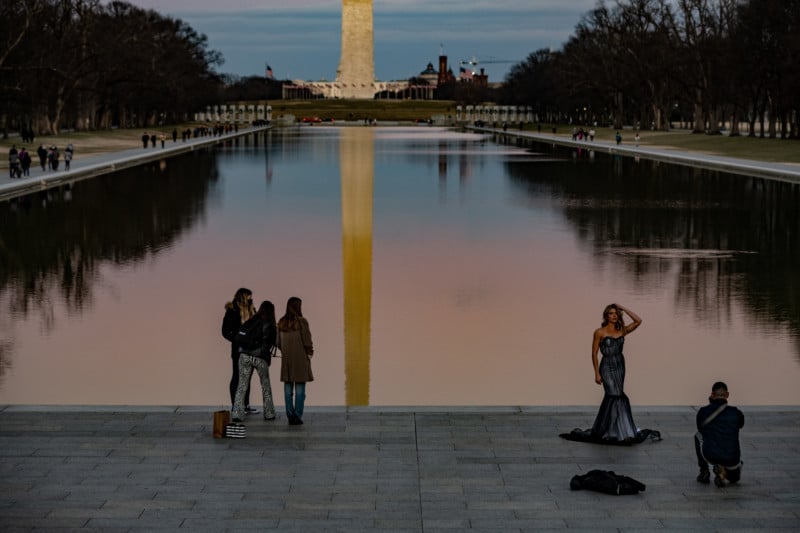
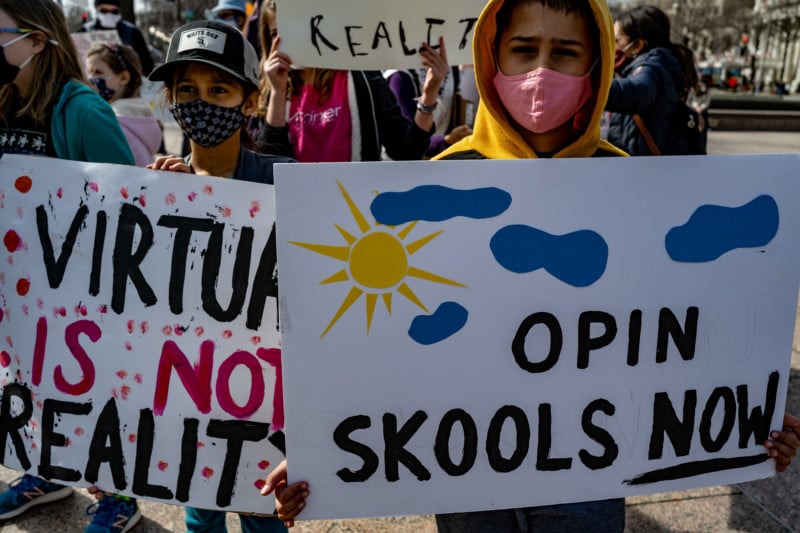
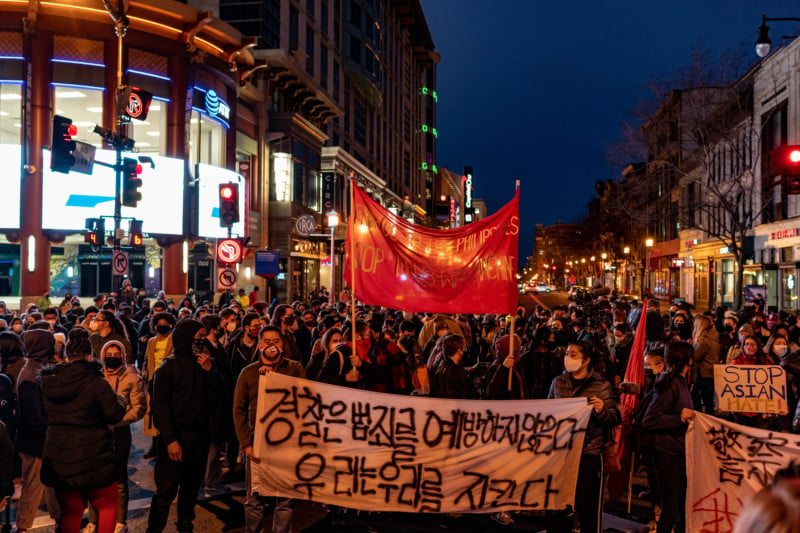
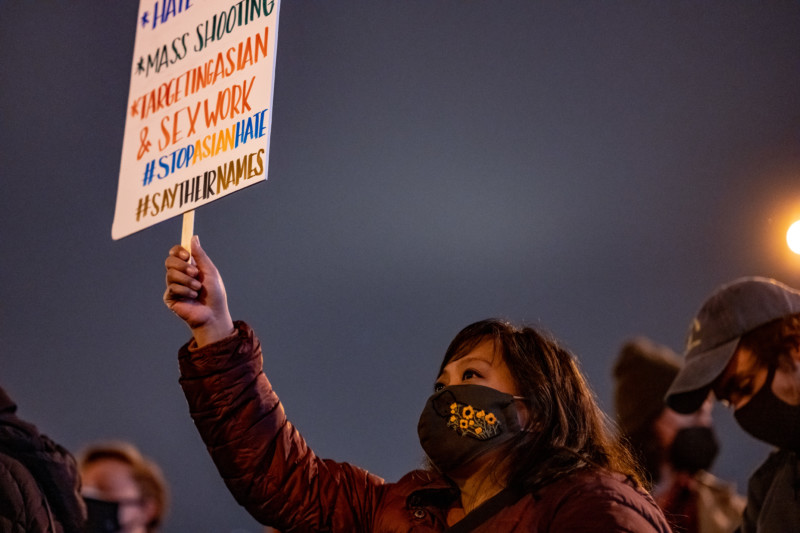

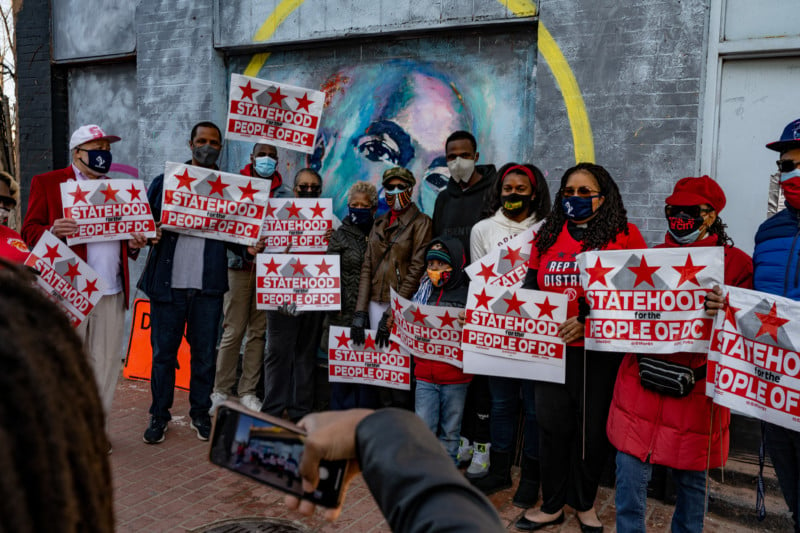
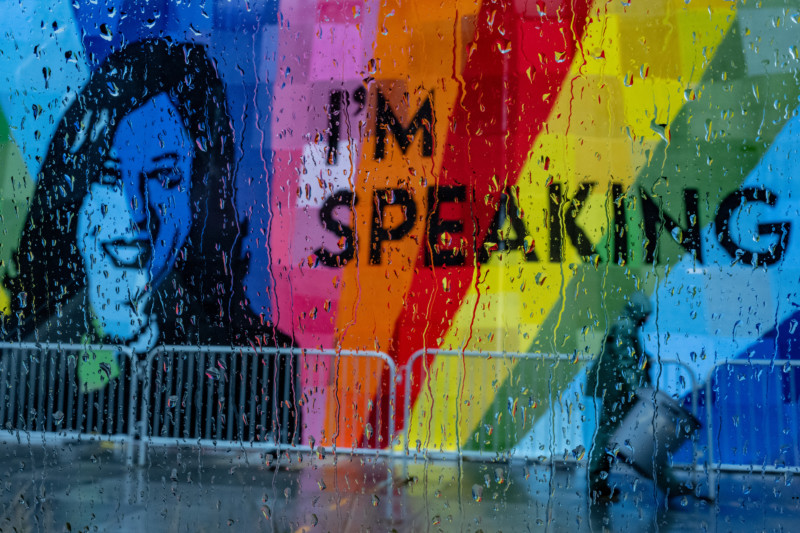
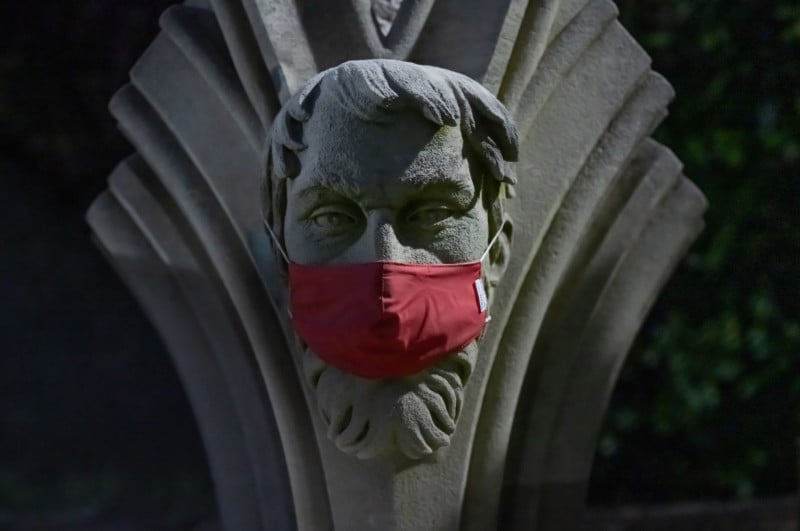
Late March brought the arrival of the cherry blossoms, always a beautiful and picturesque time to be in the city. The normalcy of watching people walk under the pinkish-white canopy of flowers as the days grew longer had me hopeful that we’d seen the worst of the pandemic already pass.
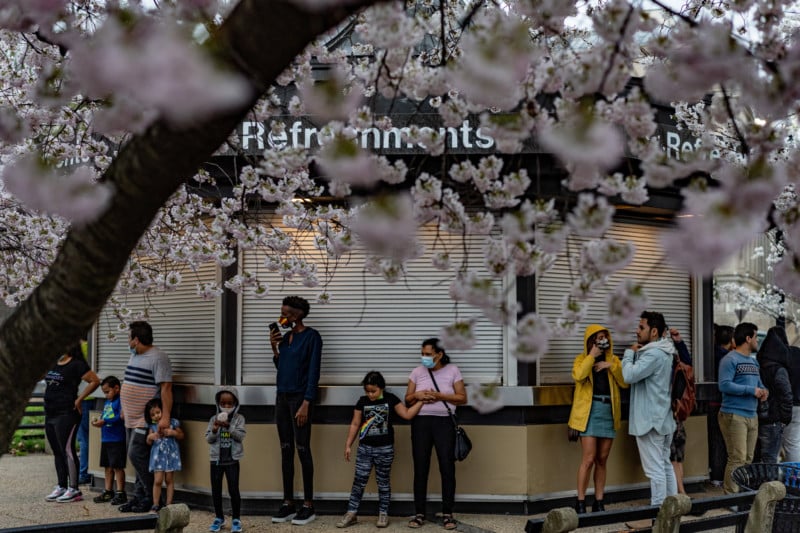
For a brief aside on equipment — midway through the project (day 64 to be exact) I switched to Sony gear from Nikon. I’d been using Nikon DSLRs for years, shooting magazine covers, the BLM protests last summer, and many, many portraits.
I’ve been closely watching the progress of mirrorless cameras for years, noticing as more and more of my colleagues in DC make the switch. A few years back, I began using a Leica Q, an absolute gem of a camera that happened to be mirrorless. The experience taught me that my concerns about EVFs feeling laggy or not high-resolution enough were overstated and that it was time to embrace our pixel-ly viewfinder future. In January 2021, I took delivery of a couple of Nikon Z7 IIs. The cameras went into regular rotation.
My initial impressions of the Nikons were pretty mixed. It was a camera that felt slow overall — slow turning on, slow focusing in low light, and slow switching from LCD to EVF.
I found myself casting about a little, unsure if I had made a good choice. When the Sony Alpha 1 was announced, it piqued my interest and I immediately pre-ordered one, receiving the first body in mid-March. The Sony Alpha 1 is the everything camera, a photographic tool with specs that seem tuned to conquer its competitors in a side-by-side comparison. The in-house CMOS chip production and an aggressive lens roadmap also drew me in.
For a few weeks, I shot the two cameras side by side, thousands of frames on each, and developed some strong feelings about how they were laid out. Generally speaking, I dislike the prominent positioning of the custom buttons on the Sony and prefer the way Nikon made more definitive choices about where important buttons should go (specifically the Playback and ISO buttons) which seem more logically placed. That said, the responsiveness of the Alpha 1 makes me never feel like I’m waiting on the camera to do something like I did with the Nikons. As a side note, I’m sure that the Nikon Z9 coming down the pipe will solve a lot of these issues but will also presumably weigh more which is a drawback for me.
The rest of the project was photographed with the Sony Alpha 1 and three lenses — the Sony 35mm/1.4 GM, Sony 55mm/1.8 Sonnar, and Sony 70-200mm f/4.
As the weather warmed, I was able to photograph opening day at the Nationals stadium. Strict limits on press coverage meant I wasn’t able to get inside, but I found a nearby parking garage that gave me a good view of the field and nearly empty stands.
On April 2nd, day 73 of the project, tragedy once again struck the Capitol as a police officer was killed when a car crashed into a barricade. I felt tremendous empathy for the Capitol Police officers who were called to defend the Capitol, knowing they had once again lost one of their own.
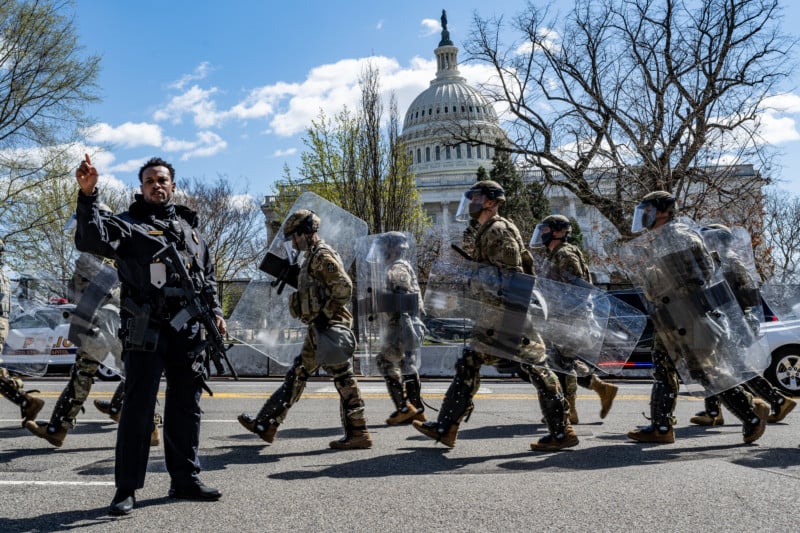
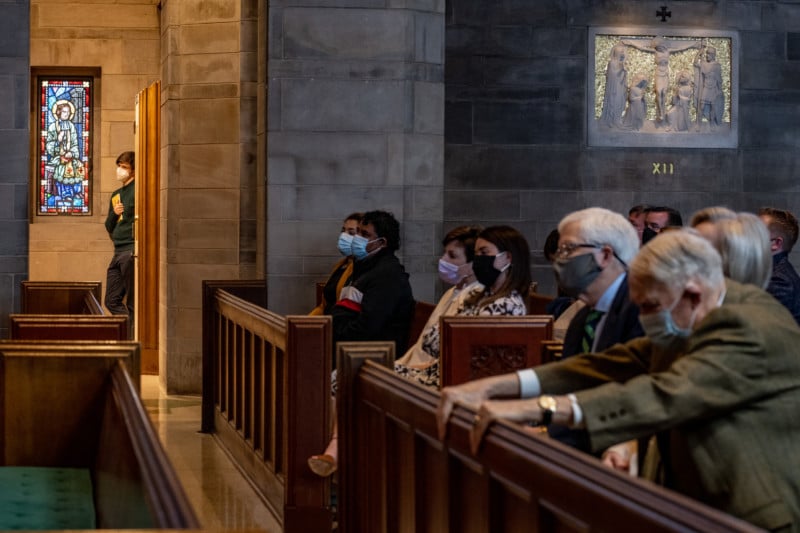
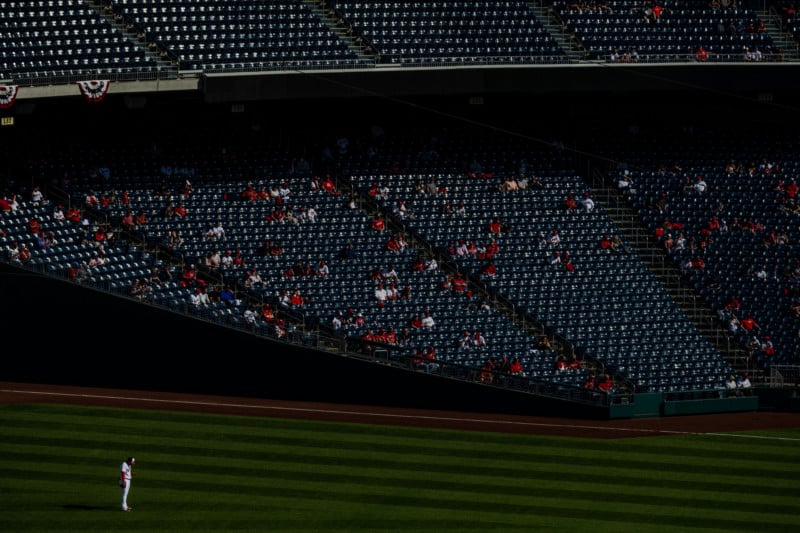
The Nationals won the game against the Atlanta Braves in the bottom of the 9th as Juan Soto drove in the winning run to put the team ahead 6-5.
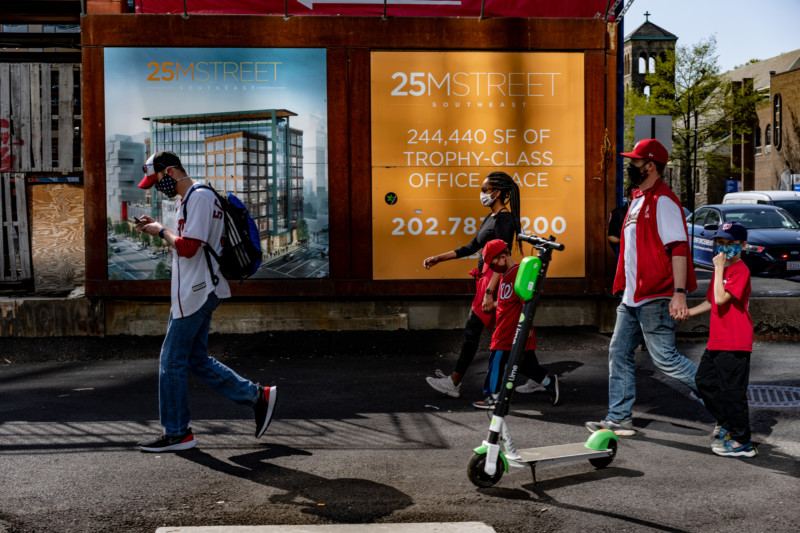
The Nationals won the game against the Atlanta Braves in the bottom of the 9th as Juan Soto drove in the winning run to put the team ahead 6-5.
On day 83, I saw a post on Facebook that led me to a backyard concert for an audience of no one. These musician neighbors had gotten together every once in a while throughout the pandemic to play music together. It was joyful to photograph them very competently play some classic rock standards.
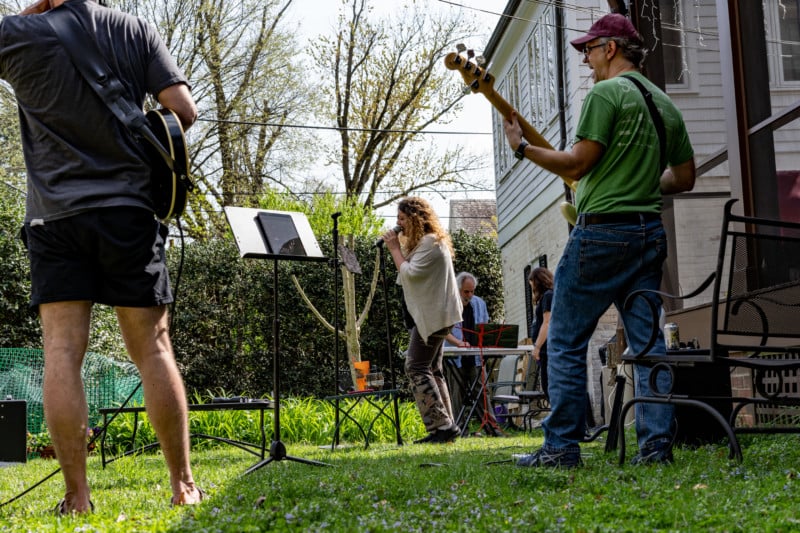
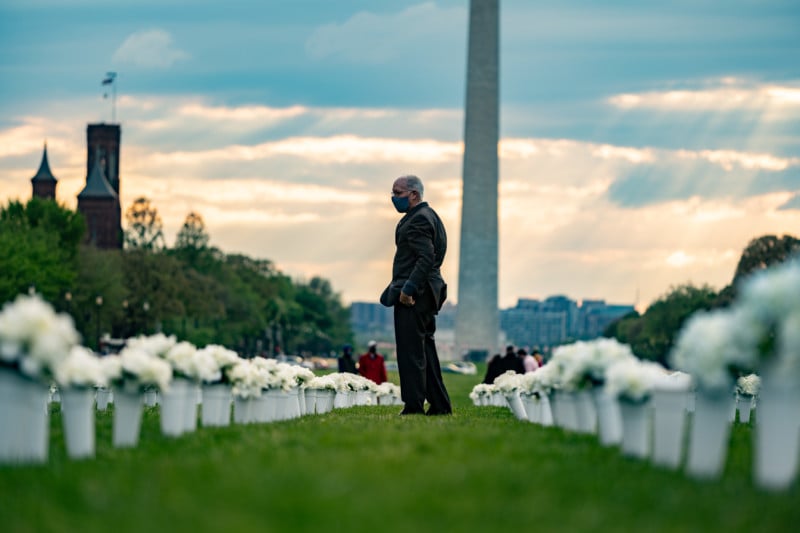
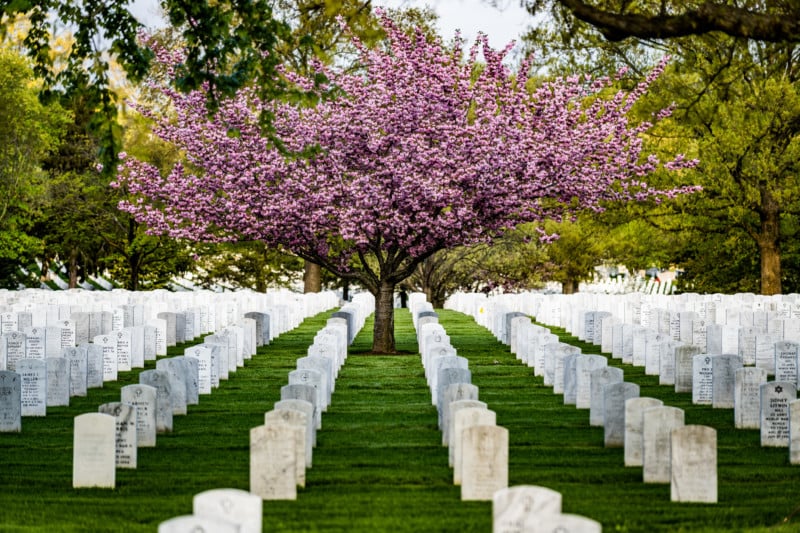
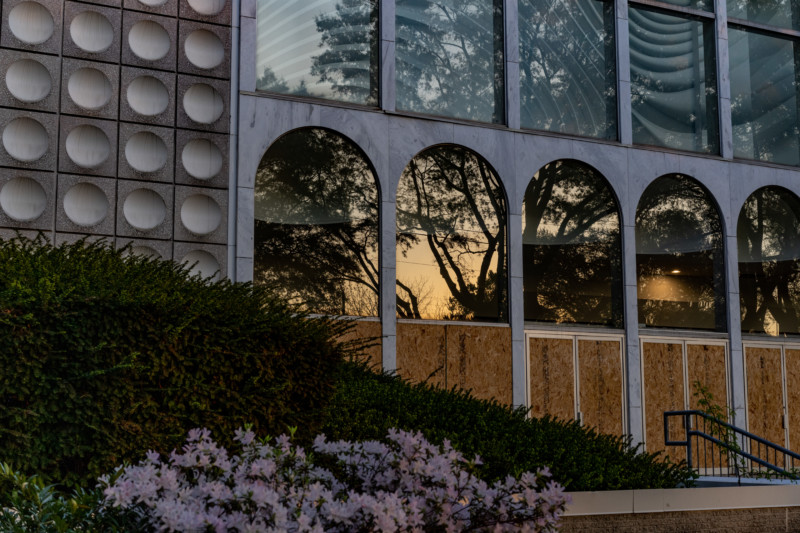
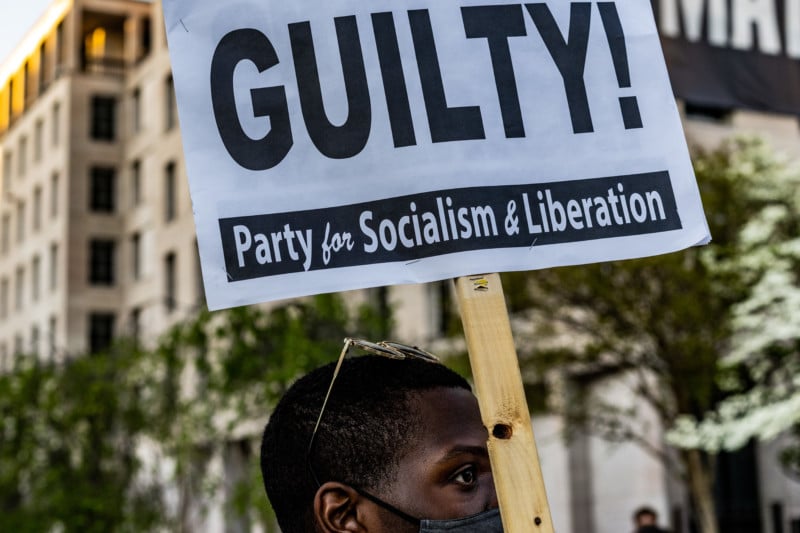
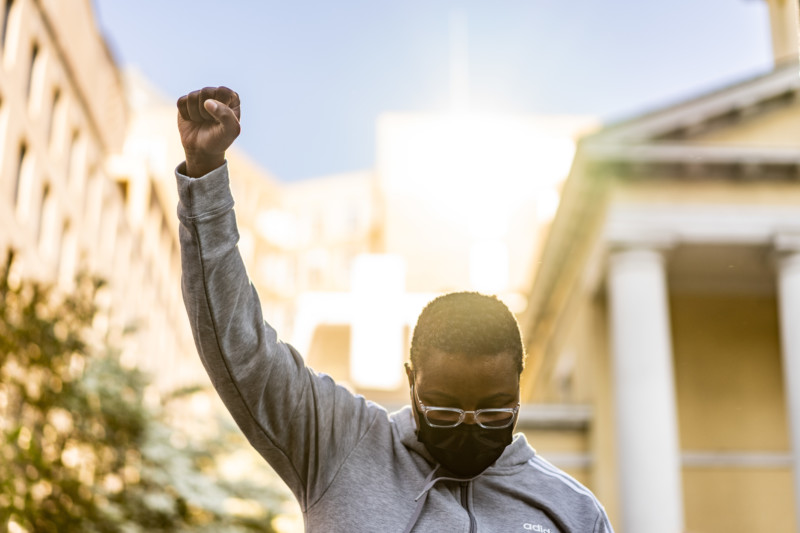

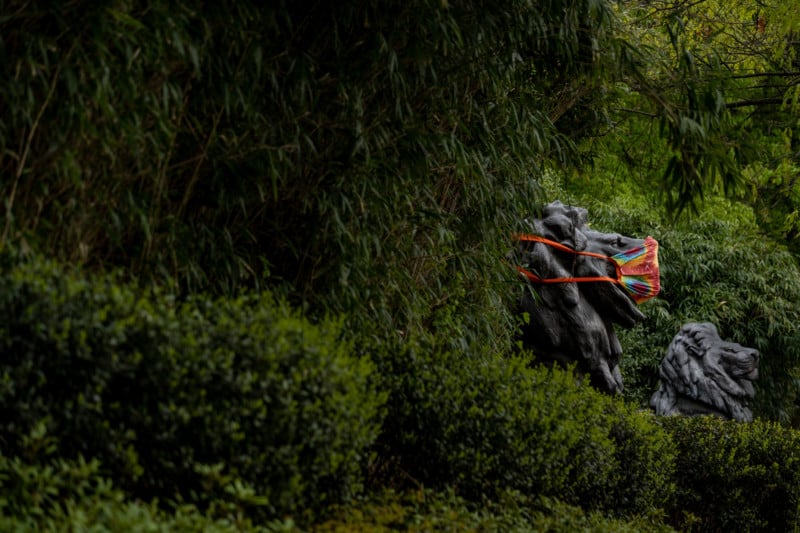
For weeks, I’d been thinking about what day 100 should look like. It had to be something with a near 100% chance of success — I wouldn’t get another crack at it. I was looking for a photo that would both summarize and be worthy of my last day on this project. I decided instead of one photo, I would take (checks notes) 1,230.
Just like on day one, I got up well before dawn and loaded up a phalanx of gear. I drove down to a spot I had previously scouted a few days before, a statue in a traffic circle on 16th street that gave me an elevated straight-on view of the White House. I would photograph two timelapses (one serving as a backup) as the sun rose. At 4:45 AM, the cameras took the first photos.
Four hours later, the sunlight hit the White House’s iconic white columns and I was done. I rushed home to process the images and edit the timelapse. I sent the final video to the amazing team at Politico that had been building out the site over the past few months. A few hours later, the site went live.

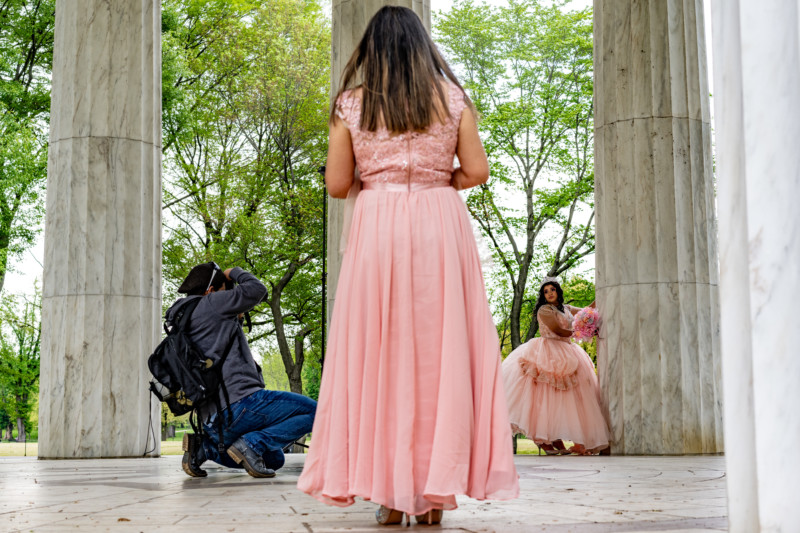
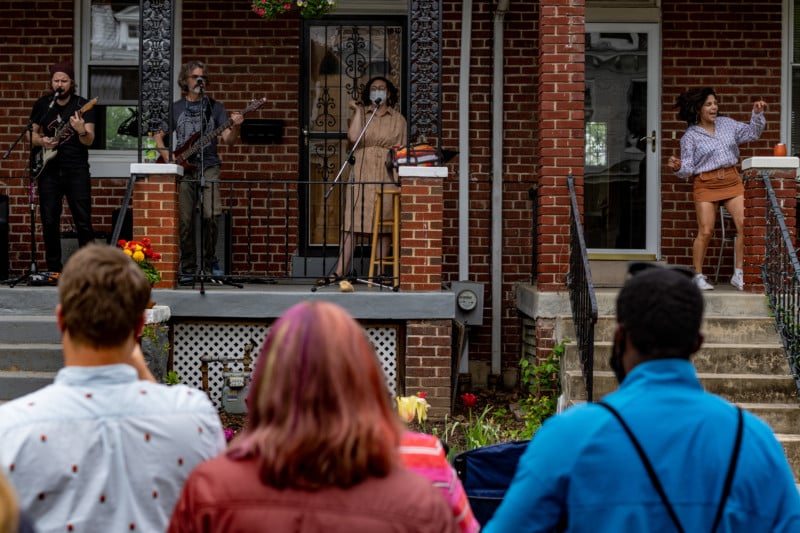
Looking back, the best part of this project was the routine I’d developed of photographing day after day. While I won’t miss being glued to my Twitter feed, I did love the challenge of making an interesting image on days when there wasn’t an obvious news event to cover. I spent time in every ward in the city and had long conversations with people who (like myself) seemed eager to connect to another person after the isolation of the last year. I saw the economic devastation suffered by local businesses but also the inventiveness of those who were able to adapt, like a hairstylist who now made house calls after his salon closed. The work of photography often feels like a gift, an opportunity to be curious and look deeper and to do the work, day in and day out.
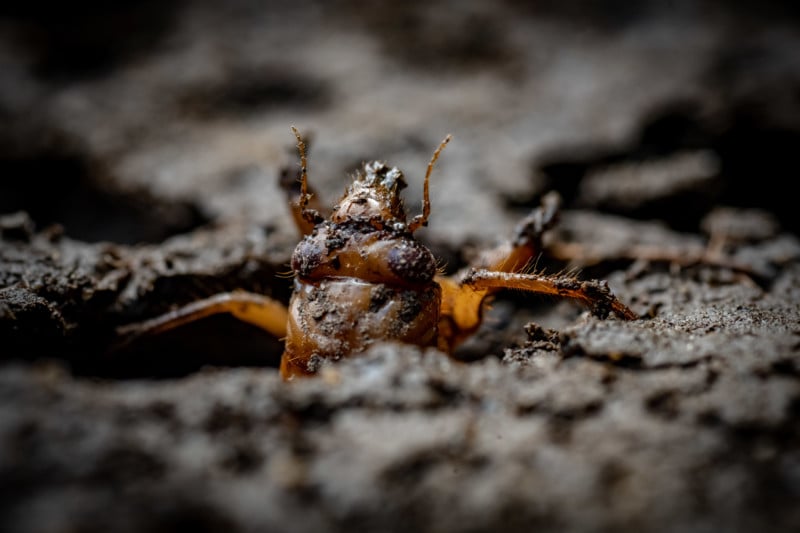
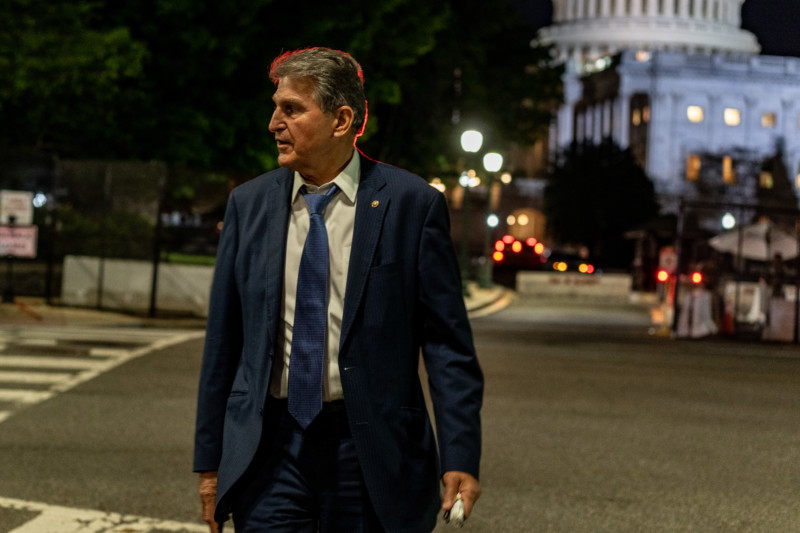
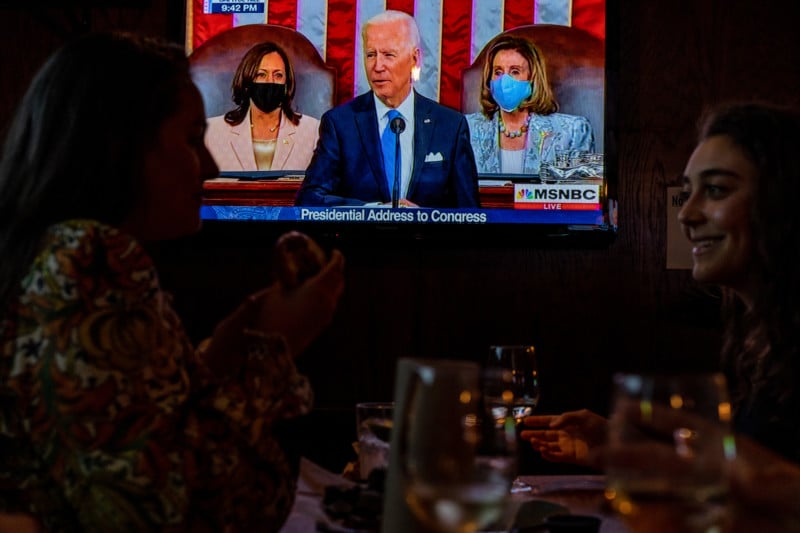
Header image: Day 1 — President-elect Joseph R. Biden takes the oath of office as First Lady-elect Jill Biden looks on during the 59th presidential inauguration in Washington, DC, on Wednesday, January 20, 2021.
About the author: Stephen Voss is a photographer based in Washington, DC. He grew up in New Jersey and lives with his family in DC where he covers those in power and those seeking to be so. His clients include TIME, Politico, AARP, Salesforce, and Audi. His work is in the permanent collection of the Library of Congress. He has an abiding love of bonsai trees, gardening, and going for nighttime runs.
His work can be found on his website. He writes about photography on Light Readings, and can be found on Instagram and Twitter.